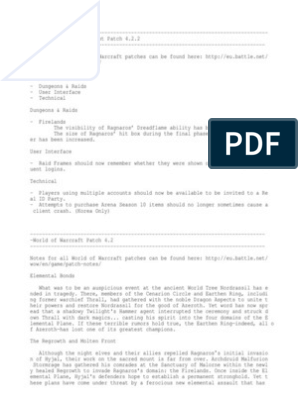0% found this document useful (0 votes)
35 views31 pagesANS Revised
The autonomic nervous system regulates involuntary body functions and is divided into the sympathetic and parasympathetic nervous systems. The sympathetic system activates the body's fight or flight response and increases heart rate and blood pressure. The parasympathetic system calms the body and decreases heart rate to promote rest and digestion. Both systems work in opposition with the sympathetic activating responses and the parasympathetic inhibiting them.
Uploaded by
r74k8zgg8rCopyright
© © All Rights Reserved
We take content rights seriously. If you suspect this is your content, claim it here.
Available Formats
Download as PPTX, PDF, TXT or read online on Scribd
0% found this document useful (0 votes)
35 views31 pagesANS Revised
The autonomic nervous system regulates involuntary body functions and is divided into the sympathetic and parasympathetic nervous systems. The sympathetic system activates the body's fight or flight response and increases heart rate and blood pressure. The parasympathetic system calms the body and decreases heart rate to promote rest and digestion. Both systems work in opposition with the sympathetic activating responses and the parasympathetic inhibiting them.
Uploaded by
r74k8zgg8rCopyright
© © All Rights Reserved
We take content rights seriously. If you suspect this is your content, claim it here.
Available Formats
Download as PPTX, PDF, TXT or read online on Scribd
/ 31




















































































